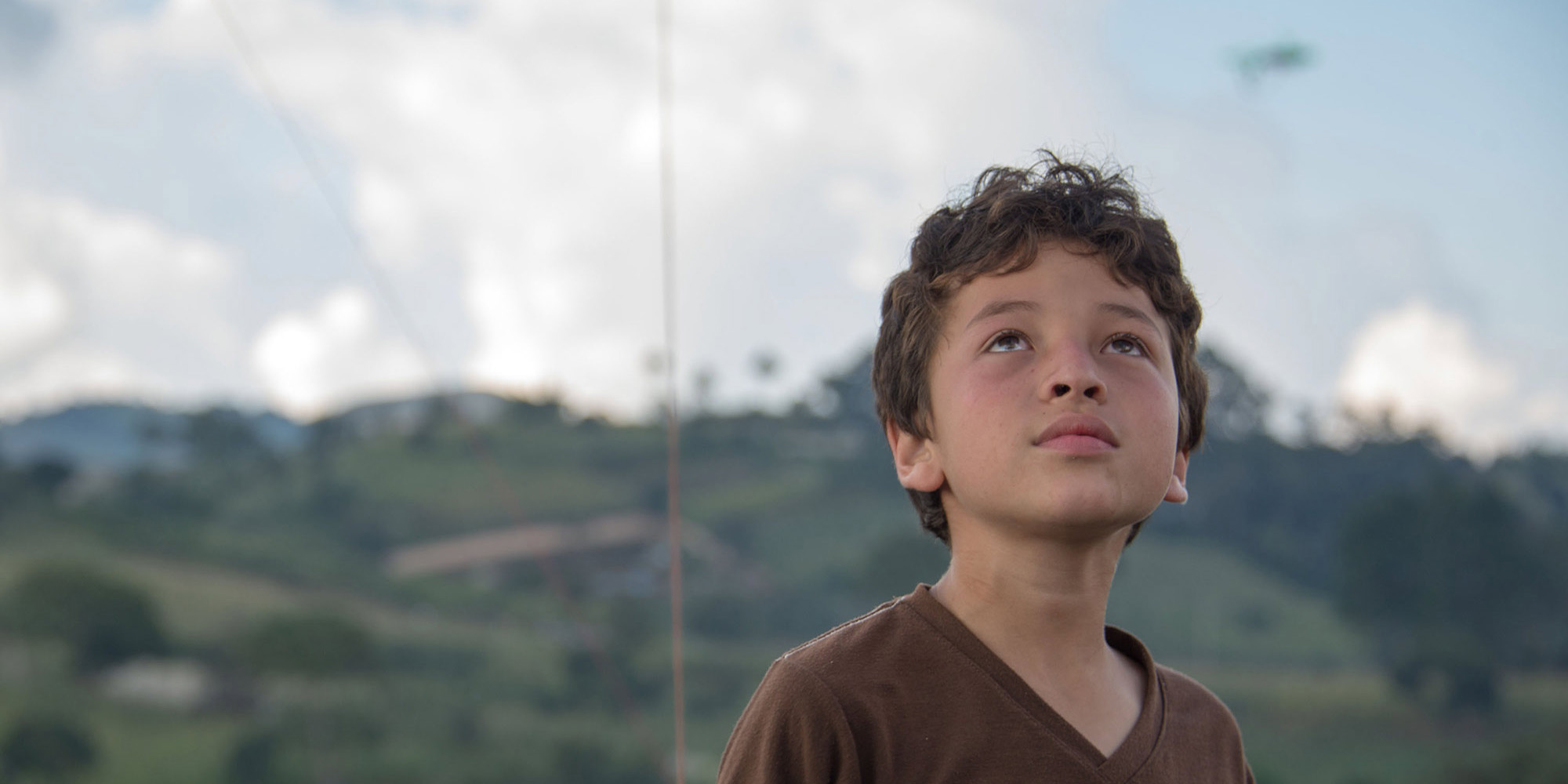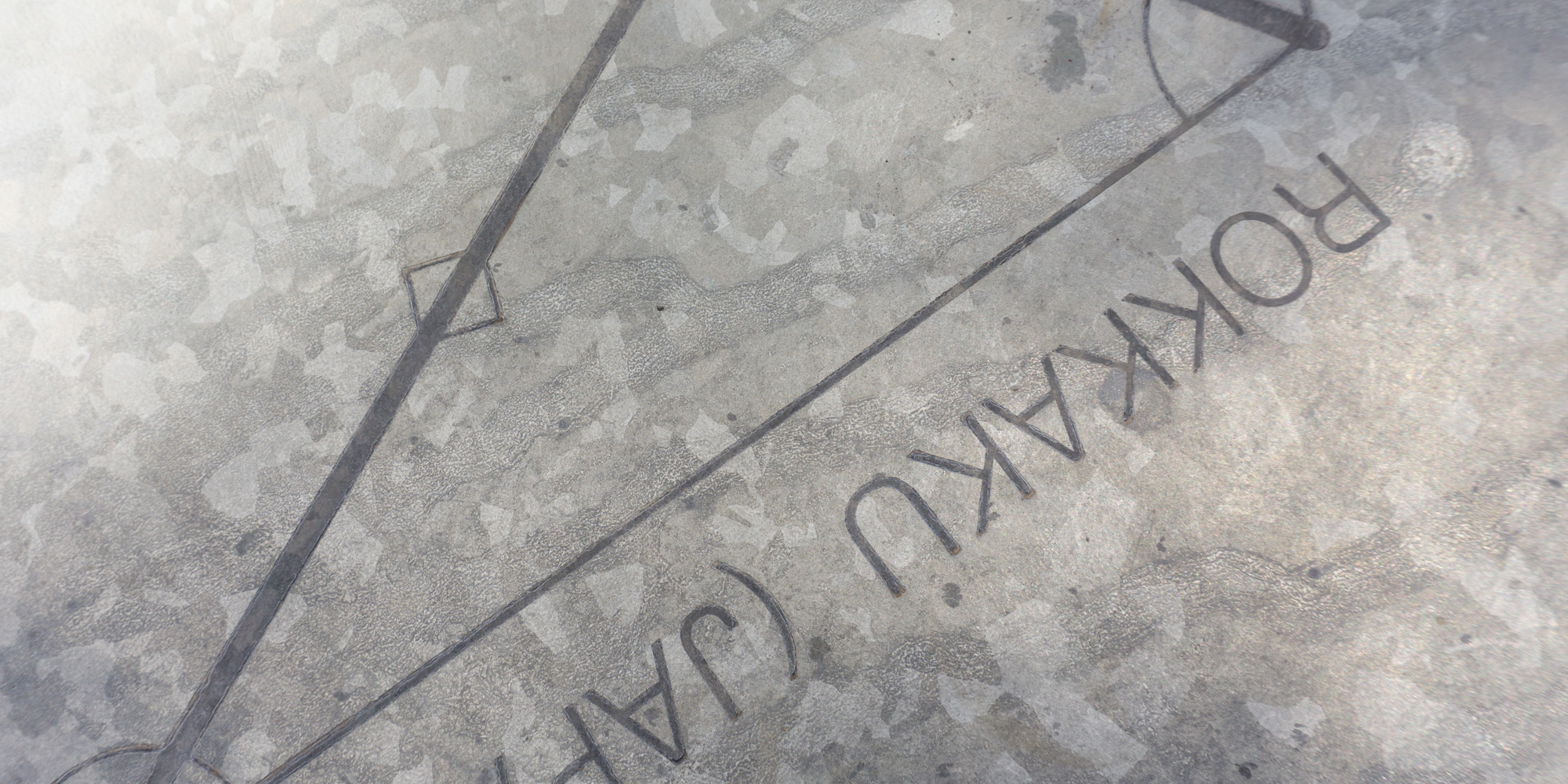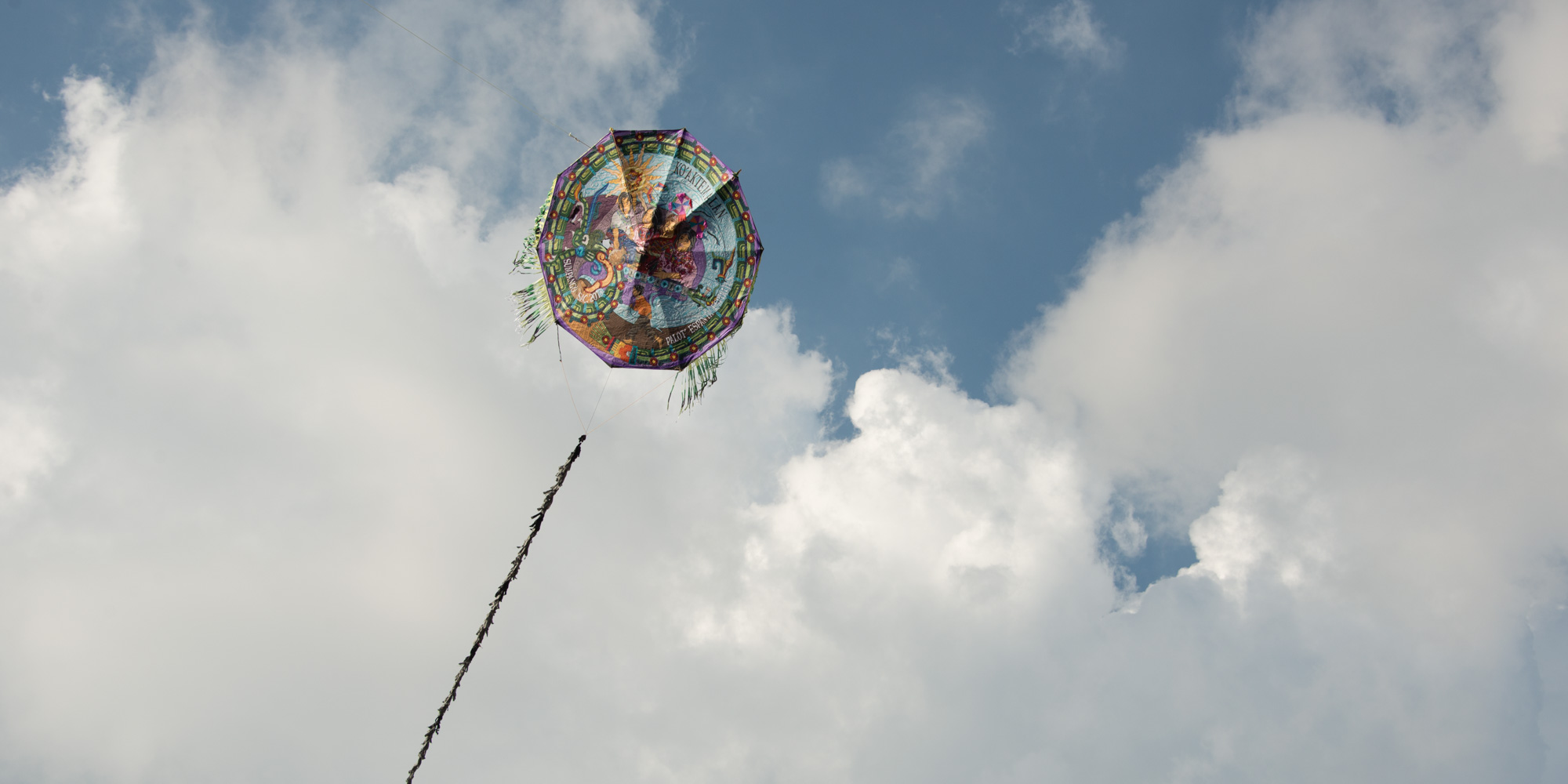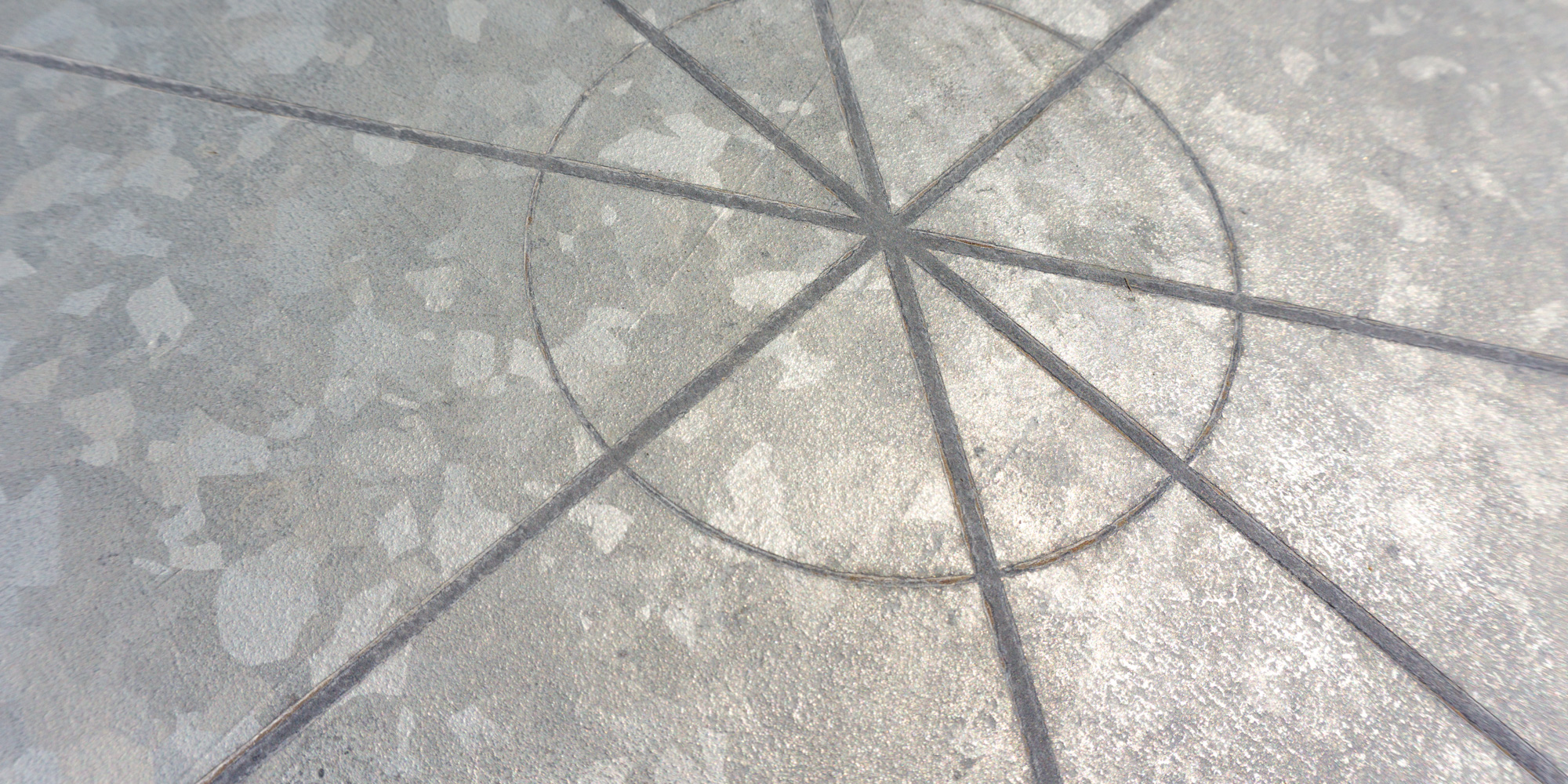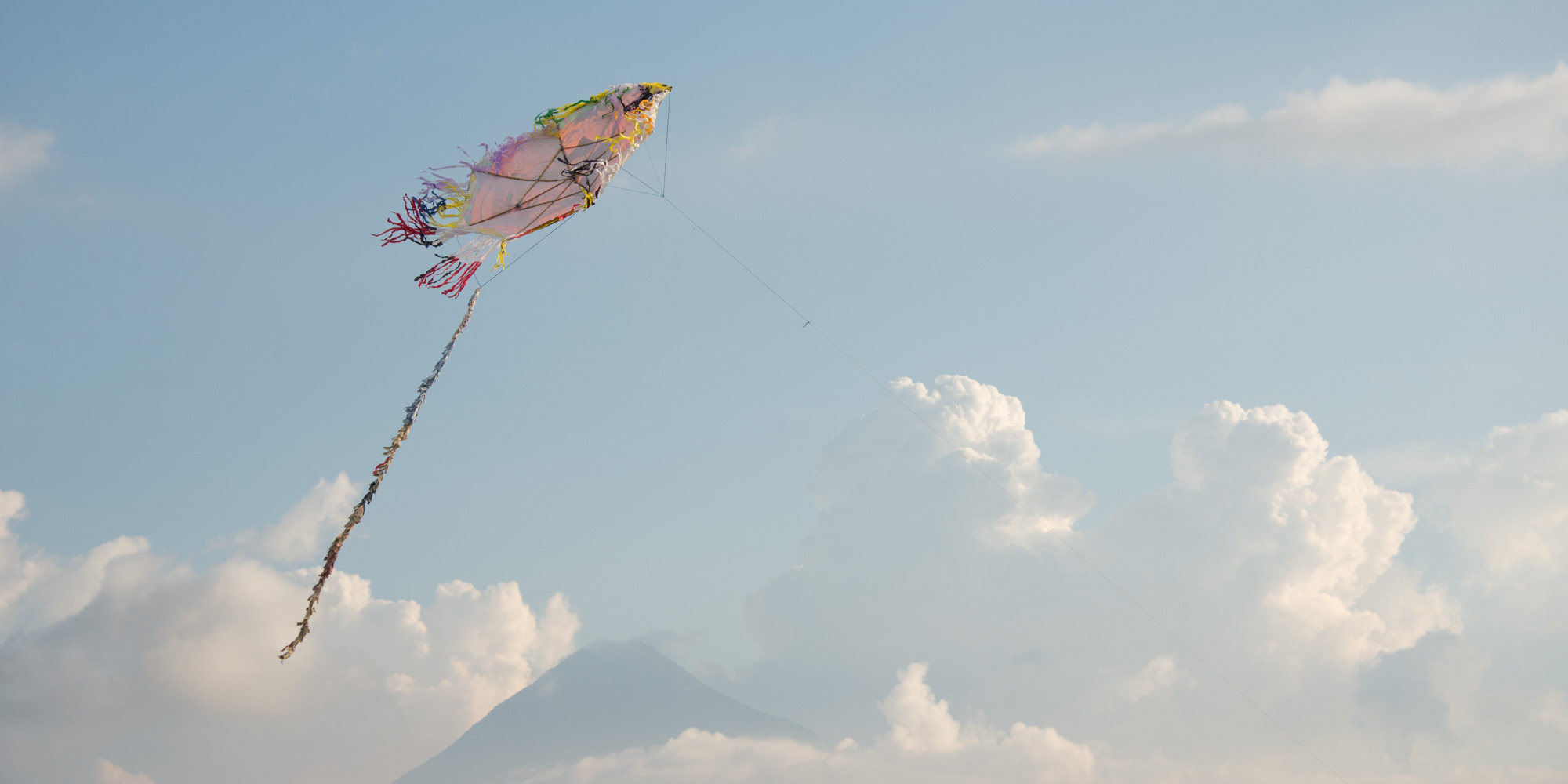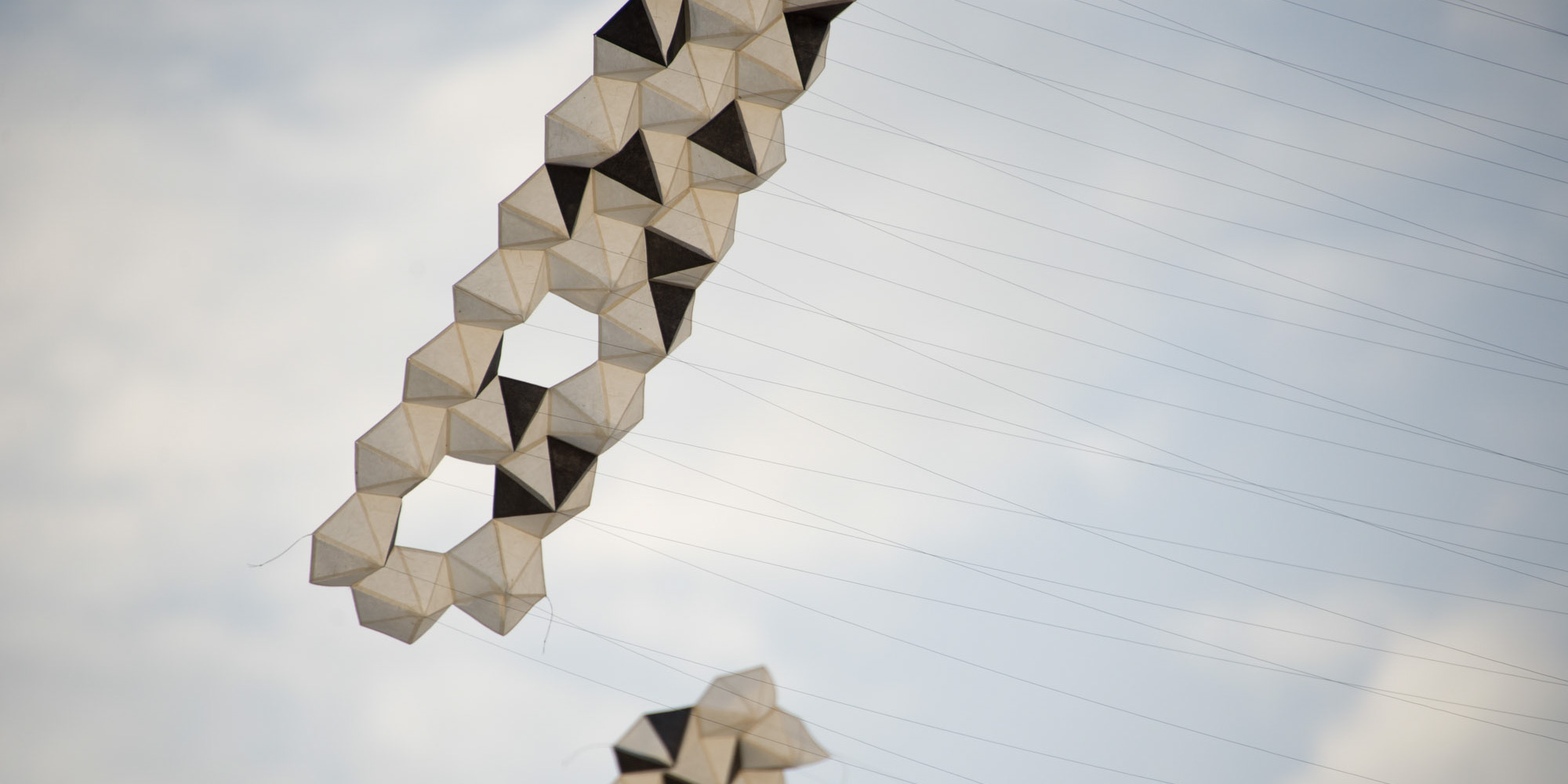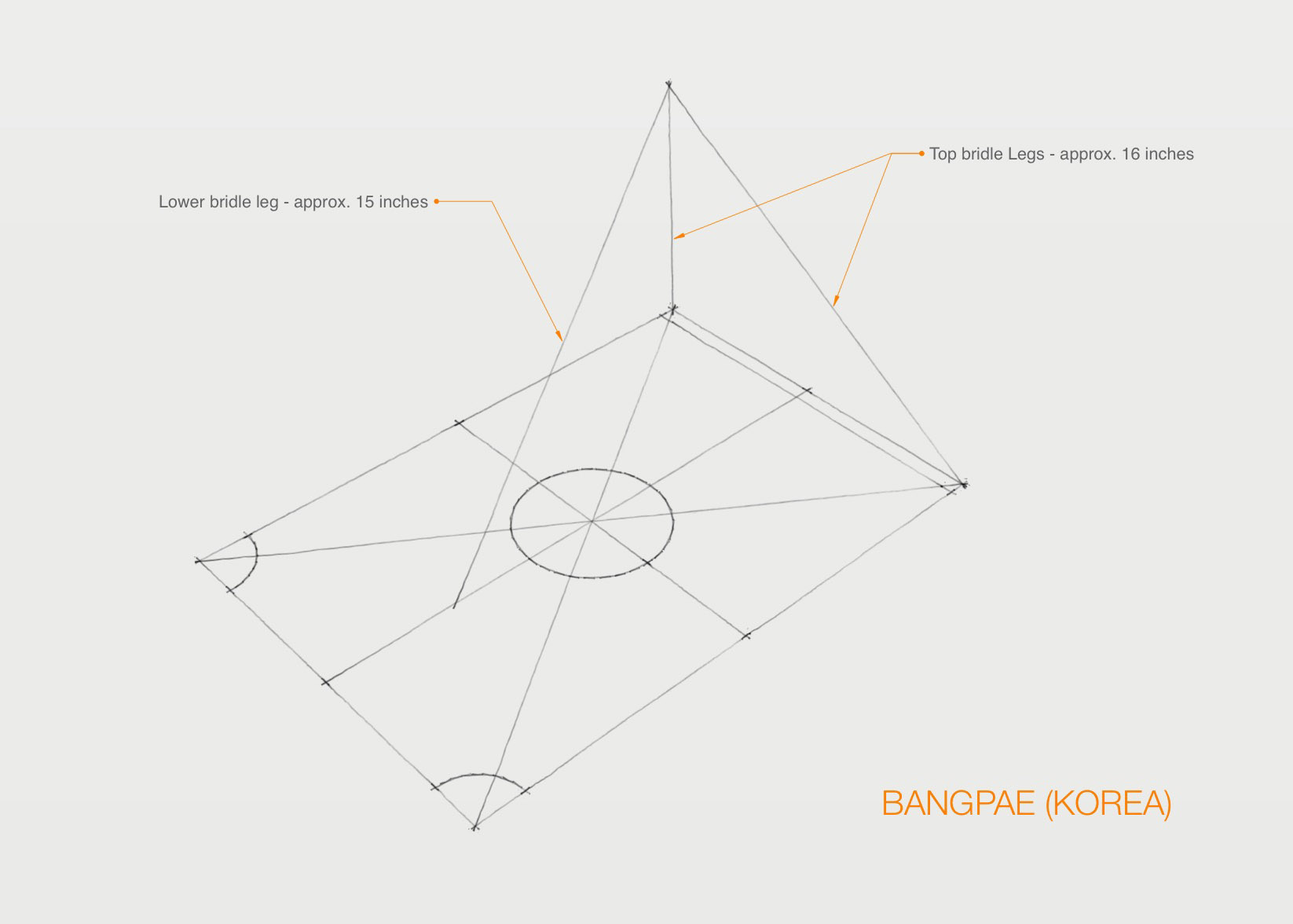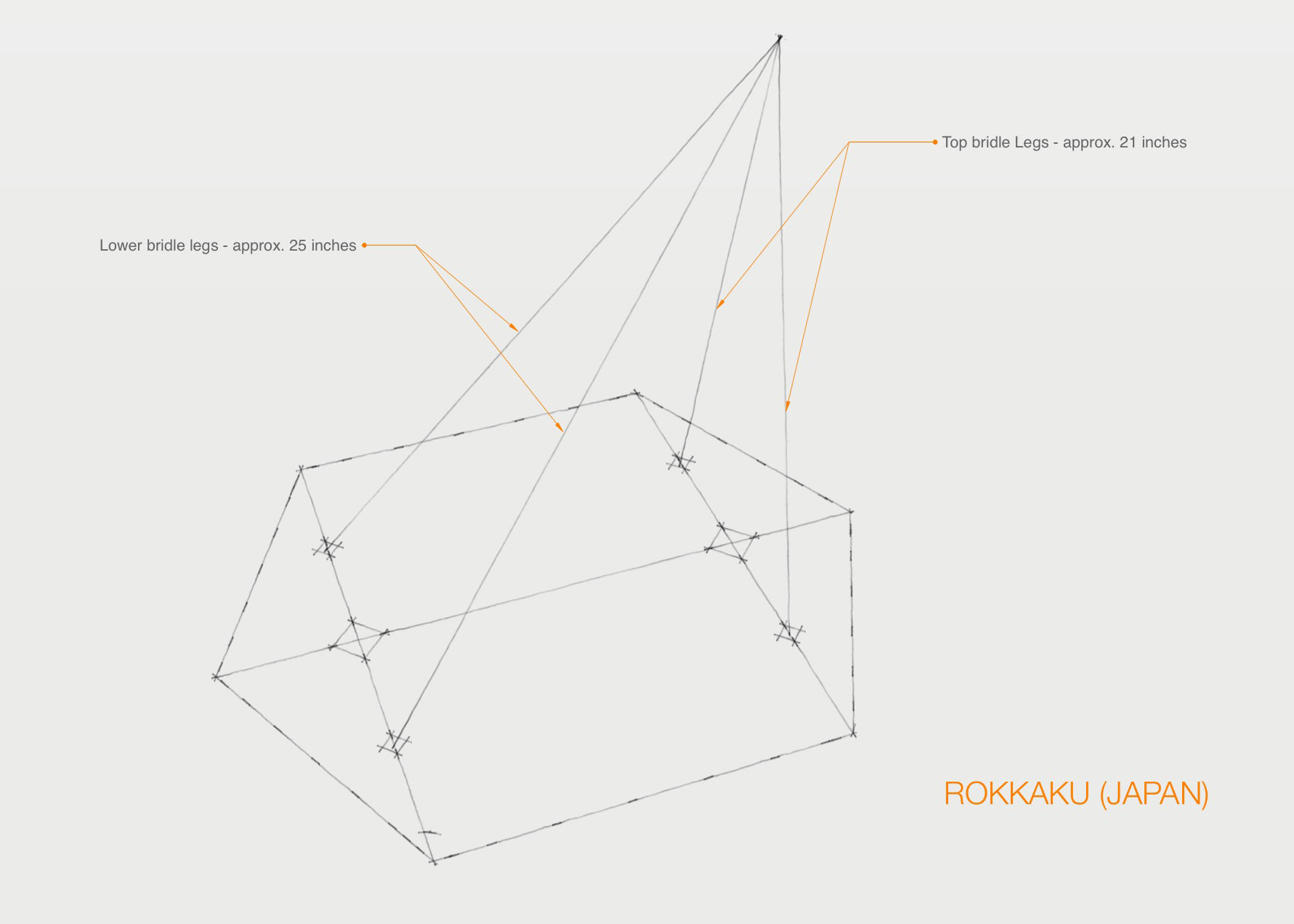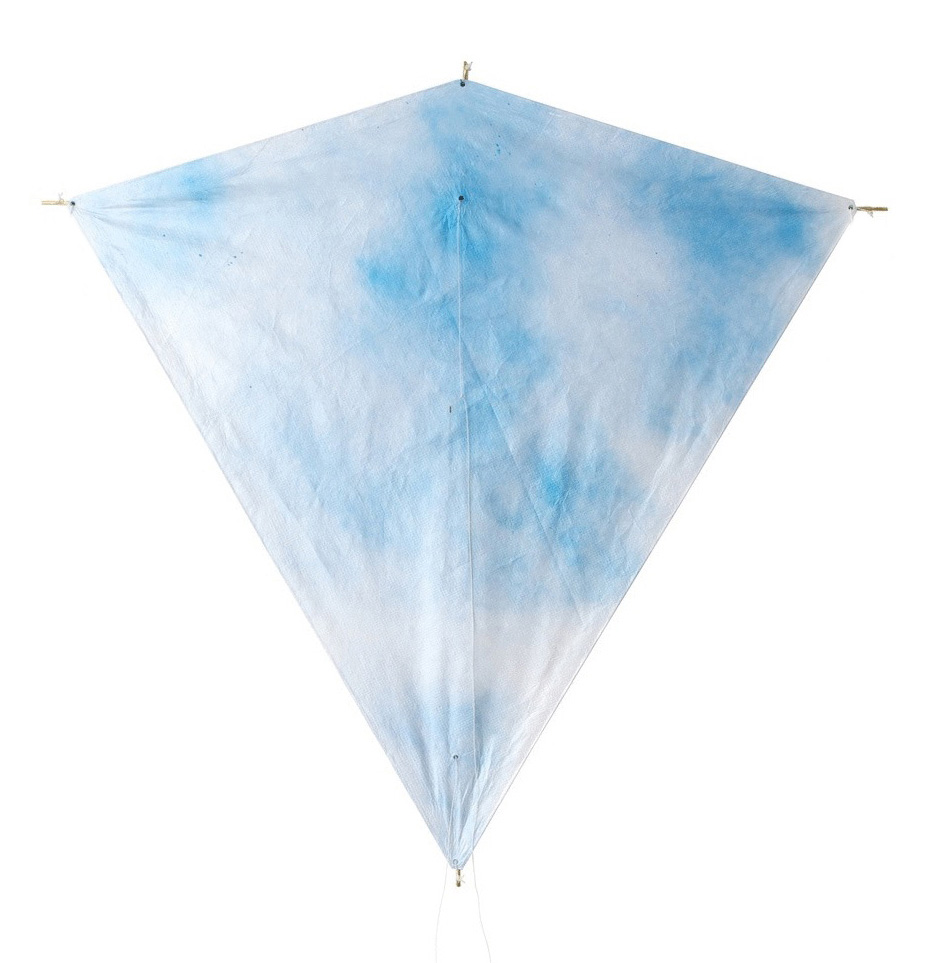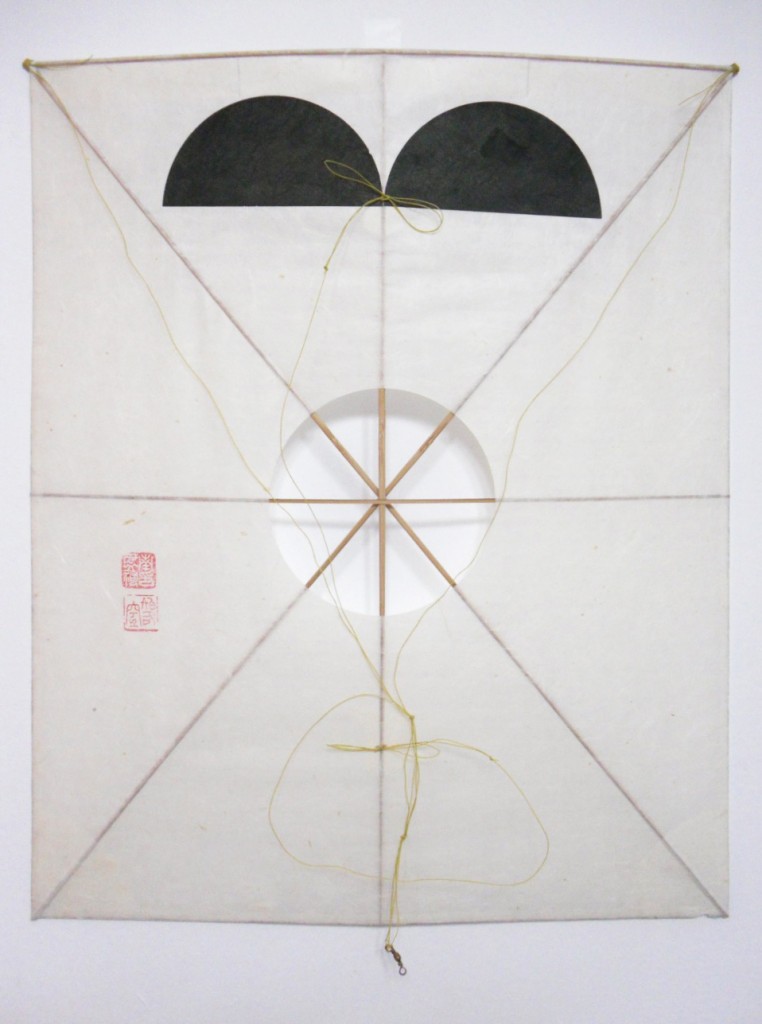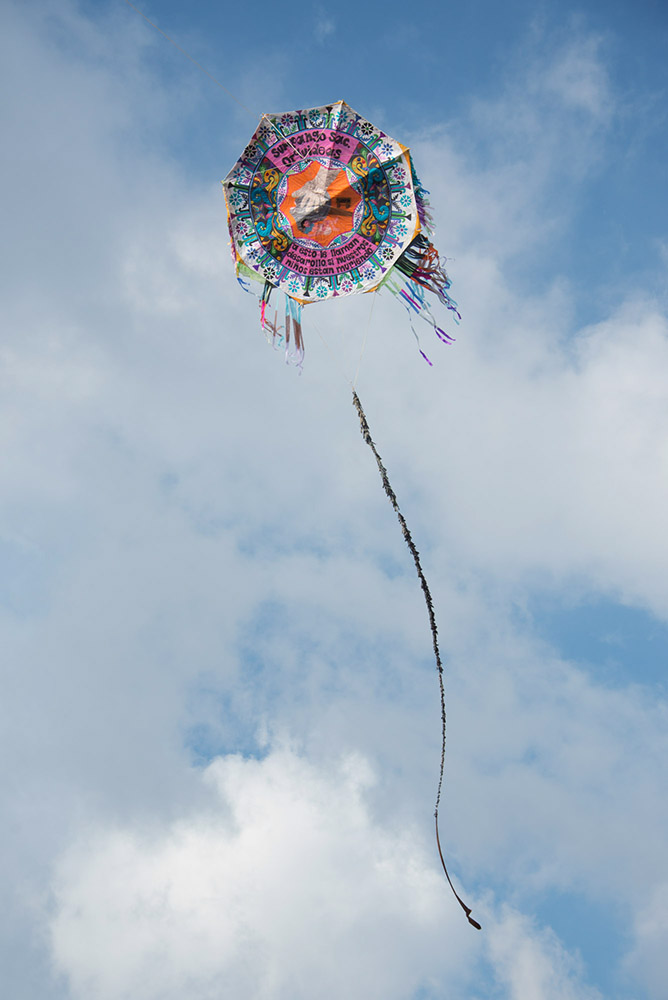The Kite Table - Stuart Allen
Stuart Allen is an artist whose work deals with fundamental elements of perception such as light, time, gravity and space. He has shown photographs, kites and sculpture in galleries and museums throughout the U.S. and abroad. His work is found in many private and public collections including the Tokyo Kite Museum, the Crocker Art Museum, the DiRosa Art Preserve, UNESCO Headquarters in Paris, and U.S. Embassy collections in Canada, Bulgaria, Kazakhstan, and the Republic of Georgia.
Allen has completed permanent public art commissions for the U.S. Embassy in Ottawa, Canada and the Police Headquarters building in Davis, CA. His work has been published in a variety of books and journals including: Picturing California’s Other Landscape: the Great Central Valley, Terra Nova: Nature and Culture, You Are Here: the Journal of Creative Geography, Zyzzyva and Artweek. Allen has lectured or served as a visiting artist at many fine institutions including the Los Angeles County Museum of Art, the Weisman Art Museum, the Atlantic Center for the Arts, and a number of university art departments nationwide.
Allen studied architecture at Kansas University and graduated from the photography and video department of the Kansas City Art Institute in 1994. He lives in San Antonio, Texas with his wife Kelly Lyons, their daughter Aidan and son Vincent.
Allen is represented by the following galleries: PDNB, Dallas, TX; JayJay, Sacramento, CA; Jan Manton Art, Brisbane, Australia; Haw Contemporary, Kansas City, MO.
Stuart Allen, artist, photographer, sculptor, public art, kite, kite maker, art consultant, Jayjay, haw contemporary, pdnb gallery, science and art
1300
page-template-default,page,page-id-1300,stockholm-core-2.1.2,select-child-theme-ver-1.0.0,select-theme-ver-7.1,ajax_fade,page_not_loaded,,qode_menu_,wpb-js-composer js-comp-ver-6.5.0,vc_responsive,elementor-default,elementor-kit-15382
About the Kite Table
The Kite Table is a public artwork by Stuart Allen. It serves as a platform for gathering and a cross-cultural reference point. The shape is derived from folded paper, but fabricated with plate steel. The folded form is a reference to kite-making materials, yet there is an inherent tension between the weight of steel and the paper it resembles. The table top is an abstracted reference to a diamond kite, the most recognizable of western kite shapes.
Etched onto the surface of the table are diagrams for making kites from multiple cultures: Japanese, Korean, Guatemalan and American – all countries that had a presence during the Hemisfair ’68 World’s Fair.
The Kite Table was commissioned by Public Art San Antonio and installed at Hemisfair Park in 2015.
Kite Making Instructions
This section includes general instructions for each of the four kite designs etched on The Kite Table’s surface. Below you will find links to more detailed instructions for each design, along with information about the cultural background of each kite.
Materials needed: bond or tracing paper for making a rubbing, bond paper or tyvek for making the kite sail, wooden dowels, packing tape, cotton string.
- Using a piece of bond or tracing paper large enough to cover the diagram of the kite you want to build, make a rubbing of the design using a pencil or a piece of colored chalk. Your rubbing can be used at home to determine the appropriate dimensions for your kite. (If you choose to make your kite on-site, skip this step and simply transfer the outer edge of the diagram to the paper you are using to make the kite sail.}
- Transfer the dimensions of your rubbing to the material you choose for your kite sail. Regular 20 pound bond paper is the appropriate weight for kites of these dimensions. (If you would like to use a stronger material, look for Tyvek. It can be find online or at some craft or home building supply stores.)
- The widths of the kite spars (sticks) in the Table’s diagrams represent the approximate diameters of appropriate wooden dowel sizes for any given kite. If, for example, the line is approximately 1/4 inch wide, use a 1/4″ diamter dowel.
- Cut your dowels to the lengths indicated by the diagram.
- Attach your dowels to the kite sail using packing tape. Focus your taping on the ends of dowels. Though you will want to put a couple of small pieces of tape near the middle of the kite to hold the spars in position, you do not need to run tape along the whole length of the dowel.
- If you are making the Rokakku, Eddy or Bangpae, you will need to “bow” the horizontal spars. Do this by tying a string to the ends of the horizontal dowels and tensioning the string to create approximately 1″ of depth in the bow. The spars should bow towards the back of the kite (the side with the spars.)
- If you are making the Barrilete, you will need some additional string and paper to make a tail. The tail should extend from the 2 lower corners of the shape as shown in the diagram. For a Barrilete of this size, the tail should be approximately 6-8 feet long depending on the weight of the material used. (Note that while the other 3 kite designs do not require tails, all will gain added stability in flight if you add a tail.)
- Attach the kite bridle to the front of the kite (the side without the spars – this is the side that faces the ground in flight.) Each kite uses a different bridle. See the pictures below for their configurations.
- Tie your flying string to the end of the kite bridle. Lightweight cotton string is sufficient for any of the designs at the sizes shown.
- Go fly your new kite on the lawn next to The Kite Table!
Kite Bridles:
Eddy Kite (U.S.A.)
The Eddy Kite is the most recognizable of all western kite shapes. The design is quite easy to build and results in a stable, efficient kite. It is a great light-to-moderate wind flier. For some additional fun, you can stack these kites together along one long flying line.
The Eddy kite derives is name from its inventor, William Abner Eddy (January 28, 1850 – December 26, 1909), an American accountant and journalist. Eddy’s experiments with diamond-shaped kites began when he found documentation of tailless kites common in Java and throughout the Malaysian peninsula. In standard diamond kites a tail was used for stabilization, but this was problematic when chaining several kites together in order to reach higher altitudes. Eddy added a bow in the cross spar in lieu of a tail in order to introduce the requisite stability. In 1893, the World’s Columbian Exposition gave him the chance to acquire an authentic Malay kite, which inspired further improvements and led to what is now known as the Eddy kite.
Eddy’s publication of air temperatures measured with his kites attracted the attention of the American Meteorological Society. In 1894, he accepted an invitation to work with the Blue Hill Meteorological Observatory where he solved significant technical problems associated with atmospheric measurement, thereby contributing significantly to its reputation.
On May 30, 1895, Eddy made the first aerial photograph taken from a kite in the Americas. This was 37 years after Nadar’s first balloon-based photographs and 7 years after Arthur Batut’s first kite-based photographs in France.
For more information about the Eddy Kite:
Bangpae (Korea)
In many countries throughout Asia, flying a kite means fighting with a kite. In India, Japan, Thailand, Pakistan, Afghanistan, Malaysia, and Korea, kite battles fill the skies at seasonal tournaments and festivals. Fighters compete to cut each other’s kites out of the sky. Kites climb, swerve, and dive, trying to avoid the deadly friction from a competitor’s line coated with finely crushed glass or diamond dust.
The Korean fighter kite is the country’s signature kite, the Bangpae yeon, a rectangular, bowed “shield” kite with a hole in the middle of the sail. The frame uses five bamboo spars – one each across the top and the “waist” of the kite, a “spine,” and two diagonals. The spine and diagonals are carefully tapered toward the bottom, and the spar at the waist is very thin so that it will bend easily in the wind. The sail is made of Korean handmade paper, called sunji or sun hanji.
The kites are made in different sizes, with larger kites flown in heavier winds. The width is usually two-thirds of the length, but some fighters prefer the speed and maneuverability of a width four-fifths of the length. The size of the hole also affects how fast the kite can be flown.
Usually the hole’s diameter is a bit more than a third of the kite’s width and helps the kite to fly more stably. But stability means sacrificing speed, so competitors sometimes reduce the diameter of the hole to help the kite gain speed. The trade-off? A kite with a smaller hole is harder to control, especially when the wind is light.
Like fighting kiters throughout Asia, Koreans use cutting line – two to three thousand feet of silk line coated with glue or resin and some kind of sharp substance, powder from crushed porcelain or glass soda bottles at one time, powdered synthetic diamonds now. French kite maker Pierre Fabre calls Korean cutting line “the strongest and most dangerous in the world.”
Kite fighters engage in a series of one-on-one battles until a winner prevails. Combat can last for five minutes but usually concludes in two minutes – or in as little as ten seconds! Fighters stand ten yards apart and send their kites to the same height in the sky before the battle begins. The contest takes place at a great distance, as much as 3000 feet above the heads of fighters and spectators.
For more information about the Bangpae kite:
Barrilete (Guatemala)
Perhaps the oldest and certainly the most notable New World kite tradition is that of the Barriletes Gigantes of Guatemala. These kites, flown during the Day of the Dead (more accurately translated for Guatemalans as Day of the Spirits) are direct links to ancestors’ spirits. Kites are flown near ancestors’ grave sites and families come together to eat, drink, and reminisce.
The kites earn the adjective ‘gigantes’ as they can be up 45 feet in diameter, made from massive stocks of bamboo, bailing wire and a healthy dose of packing tape. The intricate detailing of the Barrilete Gigantes’ sails is achieved entirely with cut tissue paper. Medium sized varieties, up to 25 feet in diameter, are flown from heavy flying line in a remarkably crowded field of spectators.
Smaller kites in Guatemala follow the same general construction pattern as their giant cousins: multiple spars (sticks) that cross in the middle, a tissue paper sail, and a lengthy tail for stability. Smaller varieties use three spars, resulting in a hexagonal kite, while larger Guatemalan kites employ up to 15 or more spars with diameters that increase with the kite’s size.
Kites in Guatemala may have pre-dated the arrival of Europeans as the Mayan word Papalotl (butterfly) is used today as the word for kite: papalote. The tradition of Barriletes Gigantes is a somewhat recent phenomenon, but the giant tissue-paper-and-bamboo creations have quickly become a showcase of teamwork, artistry, and political speech.
For more information about Guatemalan kites:
Rokkaku (Japan)
It is thought that kites were first introduced to Japan by Buddhist monks who came from China in the Nara period (710-794 CE). Kites were used for practical purposes, such as lifting materials to workers during the construction of tall buildings, but they are mainly associated with religious festivals and ceremonies. There are many different styles and types of kite in Japan, with each region having a characteristic shape. The decoration often depicts characters from Japanese folklore or have some religious or symbolic meaning.
The Rokkaku is a six-sided Japanese fighter kite that originated in the Niigata prefecture. Traditionally, it is made with bamboo spars and washi paper. In Japan, the Rokkaku is often hand painted with the face of famous Samurai. The structure is a vertically stretched hexagon with a four-point bridle. One spar runs from tip to toe and there are two bowed cross spars. Rokkaku are constructed in a range of sizes, from miniature versions under 6 inches to giant specimen up to 16 feet tall.
The Rokkaku (or ‘Rok’ as some enthusiasts like to call it) is stable and rises rapidly. When the line is released, the kite tumbles until tension is put on the line, at which point it takes off in the direction of the spine. Fighting two or more of these kites involves tipping over or destabilizing the opposing kite or cutting its kite line or bridle. Stability can be increased by introducing greater bow in the cross spars, making the kite stable enough to fly without a tail. The Rokkaku is often used for kite aerial photography and in atmospheric science thanks to its large surface area, stable fight and simple construction.
In June every year, the city of Shirone in the Niigata prefecture hosts the week-long Giant Kite Festival (takomatsuri). Opposing teams formed by residents battle across the Nakanoguchi River using giants kites. The kites are hand made and painted by the team members for the duration of the preceding year. Each team lines their side of the river and runs the kite into flight. Once airborne, the kites are carried by the wind and the hand-made lines are invariably tangled. The teams then engage in a tug of war until the ropes break – the winning team being the team that pulls over more of the opponent’s rope.
For more information about the Japanese Rokkaku kite:

